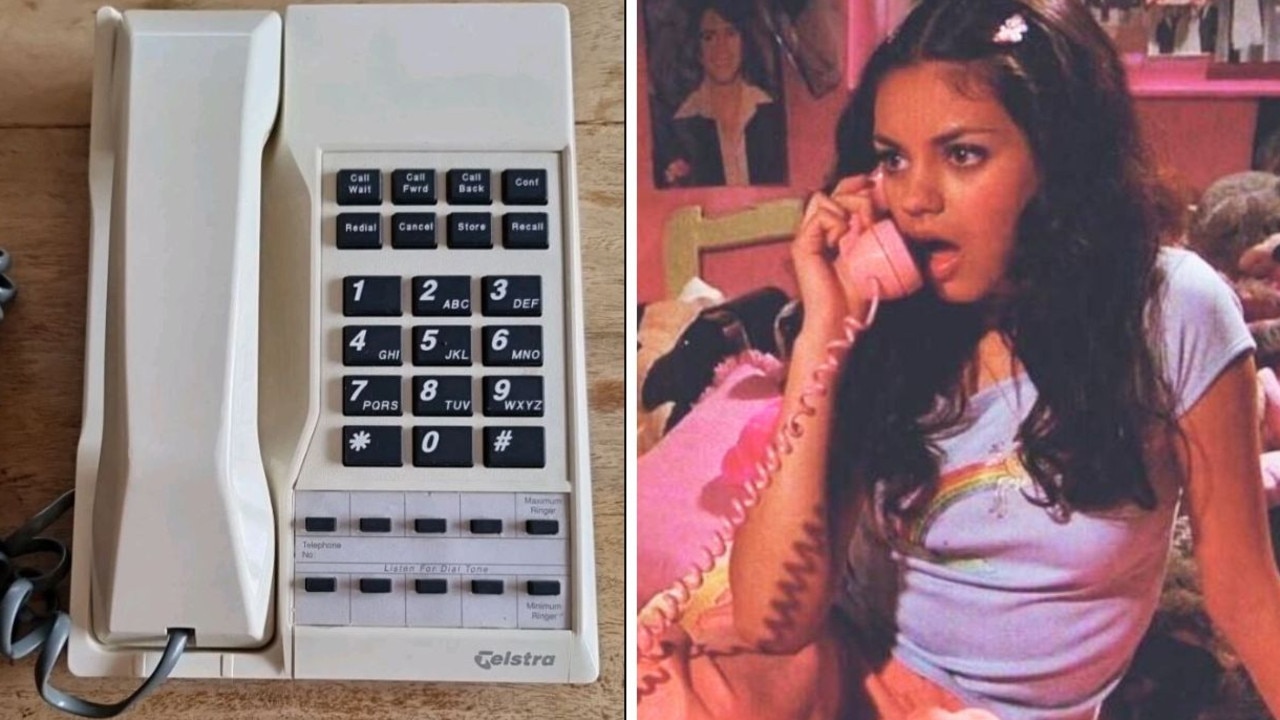The recent implementation of social media restrictions for children under 16 has sparked discussions about the impact of technology on communication. One intriguing suggestion emerging from these conversations is the potential return of landline telephones, a nostalgic relic that may offer a simpler way for teenagers to connect with one another. This idea arose during a park visit, where a mother reflected on the challenges of modern communication amidst the distractions of parenting.
Revisiting the Simplicity of Landlines
Parents today often ponder what distinguishes this generation from previous ones. A common observation is the overwhelming presence of technology in daily life. The current on-demand environment, characterized by instant access to information and entertainment, can create a sense of disconnect, even while enhancing connectivity. Many adults recall a time when communication was more straightforward, requiring patience and etiquette.
In the past, a phone call was just that—a call. With landlines, families shared a single device located in a central area of the home, fostering a sense of community and togetherness. The audible ring of a landline echoed throughout the house, allowing everyone to know when someone was in conversation. Today’s smartphones, in contrast, create a more isolated experience, often leading to distractions from meaningful interactions.
Research indicates that extensive screen time and social media usage can adversely affect teenagers’ self-esteem and cognitive development. In a world where being connected seems synonymous with being online, it raises the question: when did social inclusion become reliant on endless scrolling through curated digital content? The benefits of traditional communication methods, such as landlines, warrant reconsideration.
The Benefits of Direct Communication
Using a landline encourages direct interaction without the distractions of social media platforms like TikTok or Snapchat. Children can engage in conversations, share experiences, and build friendships through meaningful exchanges rather than through filtered images and status updates. The simplicity of dialing a number in itself can serve as a valuable learning experience, teaching young people to remember and recognize phone numbers.
Interestingly, some entrepreneurs are responding to this need for simpler communication methods. A recent Instagram account highlights a product that forwards calls to a smart landline, enabling users to disconnect from their smartphones while staying connected. This trend reflects a growing desire among parents to encourage children to engage in real-life interactions rather than being tethered to digital devices.
As parents contemplate the implications of their children’s tech usage, the demand for physical phones suggests a shift in priorities. The goal is to provide opportunities for real conversations that foster genuine connections. By reintroducing landlines, families can establish boundaries that promote authentic engagement without the pressure to constantly perform online.
Ultimately, embracing a retro item like the landline may serve as a step back towards a more intentional approach to communication. It can help children learn to appreciate the value of direct interaction, allowing them to cultivate relationships in their communities and families without the constant barrage of digital distractions.
In conclusion, while technology has undoubtedly transformed communication, it is essential to recognize its limitations. The resurgence of landlines could offer a means to reclaim meaningful conversations and relationships for a generation that often feels overwhelmed by the demands of modern connectivity. As we navigate this new landscape, perhaps it is time to reconsider what it means to truly connect.
Jordana Shell, a freelance writer, advocates for this nostalgic yet practical approach to fostering communication among today’s youth.































































